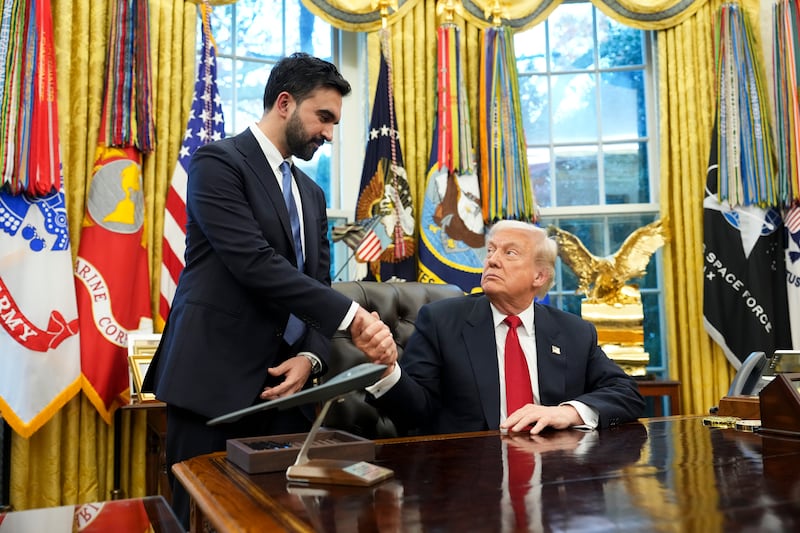Every wedding dress is special but mine has quite a history, or rather it has two histories – one that is personal to me and my family and another history that might be of wider interest. The dress is called First Love, it dates from 1953 and it is made of pleated, gossamer-thin, handkerchief linen. Pleated linen was the signature style of Sybil Connolly, a designer who rose to international stardom in the early 1950s and is often credited with bringing the attention of the international fashion world to Ireland.
First Love was the first pleated linen dress that was shown under her name in the US. Time magazine described it as "the dress that brought the house down" in the grand ballroom of the Waldorf Astoria, where it showed in March 1953 alongside Europe's top designers of the time, including Dior, Balenciaga and Visconti.
In the following years, Connolly built up a client list that included names such as Rockefeller, Mellon and DuPont, along with many members of the Irish gentry. Famously, Jackie Kennedy wore one of Connolly's pleated linen gowns when she posed for her official White House portrait. So, how did a very ordinary girl from Dublin end up with a rather special vintage dress like First Love?
The dress was made in 58 Grafton Street, Dublin where my great-grandfather Jack Clarke and later my grandfather and his brother ran their business, Richard Alan, and where Sybil Connolly worked for more than 10 years. In 1953 Connolly had only very recently begun designing dresses for the business, although she had worked in the shop since the 1940s.
In July 1954 my grandfather, Richard married my grandmother, Dorothy and First Love was chosen as the dress she should wear for the occasion. At the time my grandfather and his family thought of it as just another piece made in their business. “All I know is that either Alan or me must have said – we have a dress in the shop and that’ll do. No one had any money back then you see. It was a sample, so it was second hand and whoever was in the workroom then cleaned it up and got it ready for her,” he recalls.
Afterwards she had it shortened and wore it to dress dances, and then it was put in the wardrobe with everything else. Almost 60 years later, when I got engaged, I asked my grandfather if I could wear it on my own big day. I had never seen it. At that stage, no one knew what type of condition the dress was in.
I took it to freelance textile conservator Rachel Phelan, who, it must be said, treated it with much greater reverence than any of my family had. Before beginning to work on it, she created a report about it that included words such as “in-grain soiled”; “distorted”; “unstitched”; and “detached in multiple areas”, however she says that in fact, it was in remarkably good condition, which was very lucky.
It was lucky also that I am built to almost exactly the same size and proportions as my grandmother (uncannily so) and didn’t need to have it altered at all in order to wear it. “Ethically, a conservator won’t chop something up to look how you want,” explains Phelan. “If someone wants something altered they can go to a seamstress, but as a conservator I can’t because the object will have lost its historical significance.”From my point of view, the significance of the dress as the piece that made Sybil Connolly’s name was certainly very interesting, but it was not my motivation for wanting to wear it. I think of this aspect of its history as the icing on the cake. What made it special was the link to my darling granny, who was an incredibly warm, intelligent and elegant woman.
Phelan did an incredible job of preparing the dress for me to wear. The dress that I collected from her – very carefully, with a warning not to try it on before the big day (I did, of course) – was not the dress that I had left with her several weeks before. However, I would have been almost as happy to have worn the dress as it had been, for all that it was "in-grain soiled"; "distorted"; and "unstitched", because wearing it allowed me to have something that was special to my late granny with me on my wedding day. For me that was the value of First Love and its role in my granny's life was its greatest historical significance. That said, I felt beautiful; more than beautiful, and it seemed like a very special chapter in the life of this very special dress.
l
Rachel Phelan
can be contacted at rvmphelan@gmail.com

















